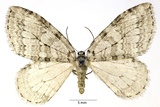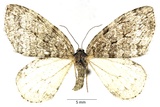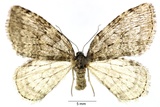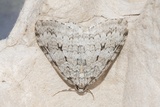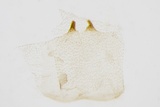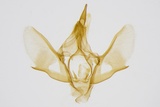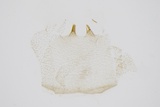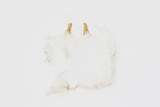Epirrita christyi (Allen, 1906) Species
Last modified: March 21, 2024, 6:24 p.m.
Status is insufficiently known, but is the rarest of the 3 Epirrita species. In extensive beech forests the species can be locally fairly common.
Details
- Classification
- Family: Geometridae > Subfamily: Larentiinae > Tribus: Operophterini > Genus: Epirrita > Species: Epirrita christyi
- Vernacular names
- Bleke novemberspanner (NL), Pale November Moth (EN), L'Epirrite de Christy (FR), Buchenwald-Herbstspanner (DE)
- First mention in Belgium
- Berger L. A. 1946b. Espèces nouvelles pour la faune belge (suite). — Lambillionea 46: 120. On page 120.
- Status
-
Native
Distribution
Imago
Wingspan 34–40 mm.
Although some sources claim that you can identify the 3 Epirrita species by the markings on the front wing, this is only a guide and there is much overlapping and therefore not certain.
If you want to be 100% certain, then examination of the genitalia is necessary. This only applies to males, the female genitals are too variable to identify.
Bionomics
Hibernates as egg on a twig or on bark. They are attracted to light and occasionally to sugar.
Flight periods
The adults fly from early October till mid-November.
Observed on
- Host plant (species):
- Fagus sylvatica
- Host plant (genera):
- Betula
- Substrates:
- Deciduous trees
The larva lives on various deciduous trees with a strong preference for Fagus and young Betula trees
Habitat
It inhabits mature deciduous woodland.
